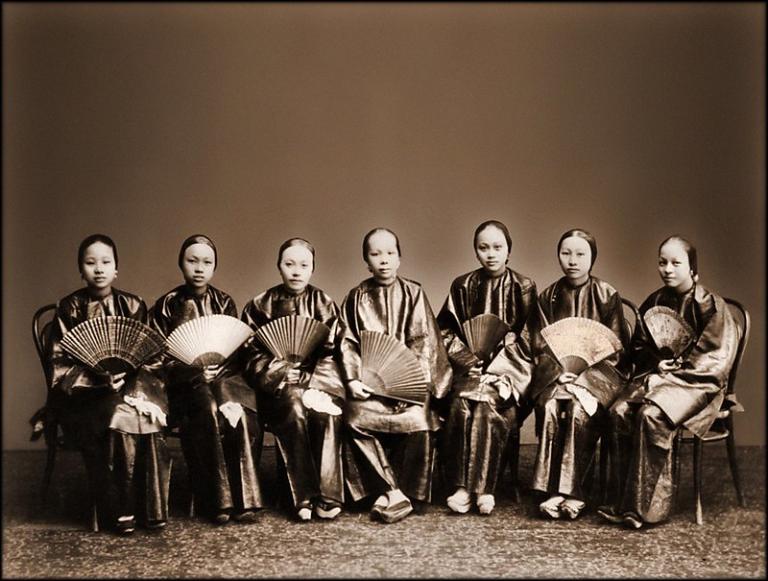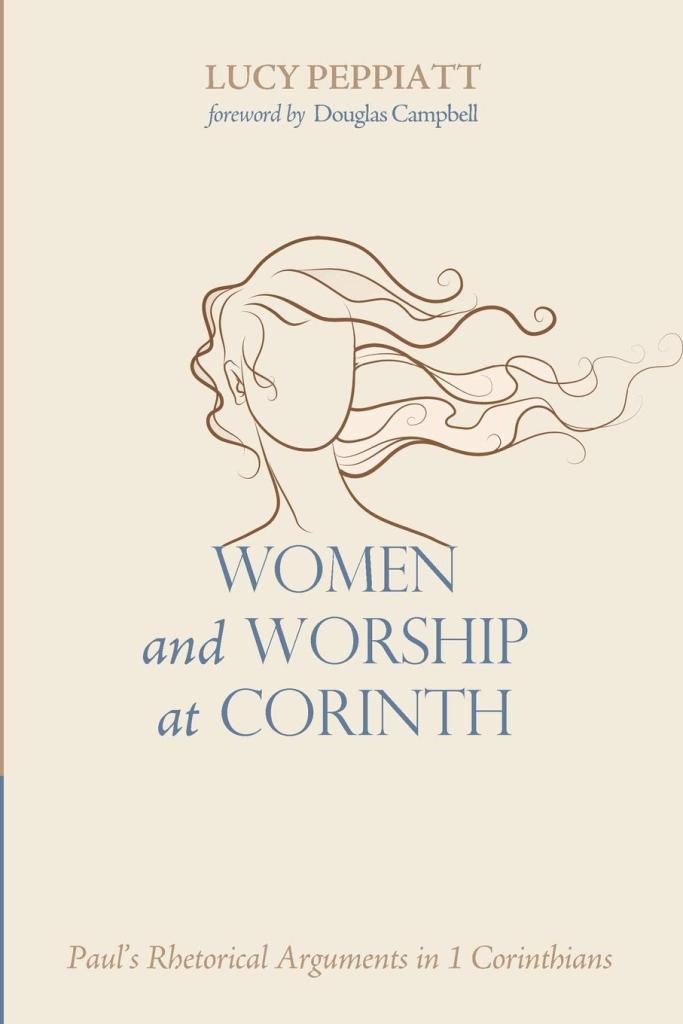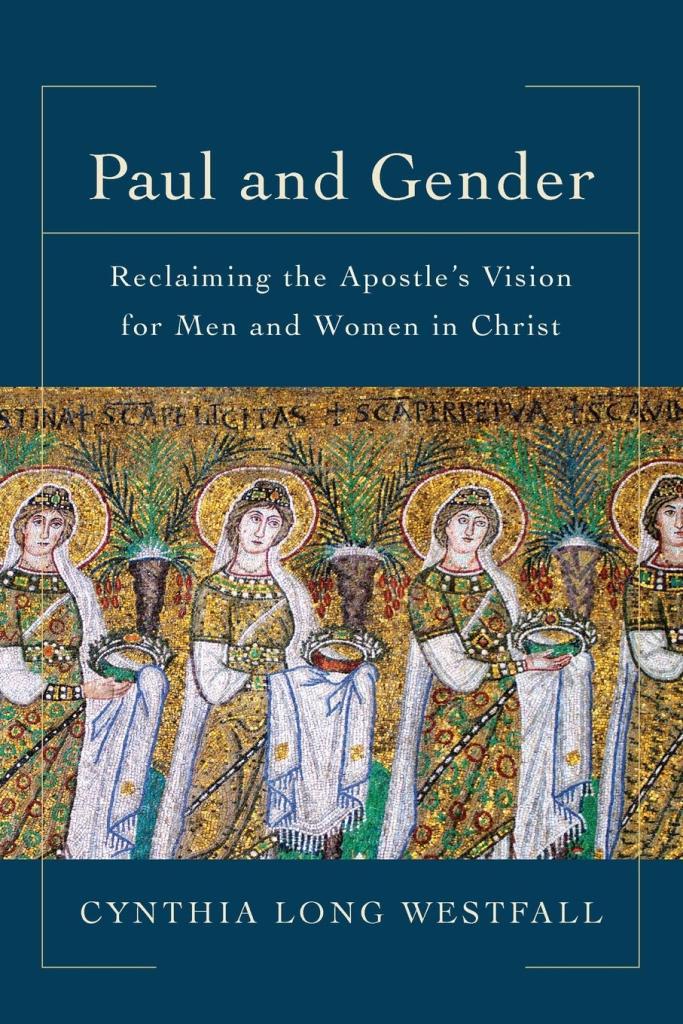
The recent issue of ChinaSource Quarterly reflects on women’s contribution to the Chinese church. The journal looks at the ministry of both Chinese believers and non-Chinese missionaries. Some articles are historical surveys; others offer personal narratives.
Previously, I’ve highlighted some of the ways that challenge women missionaries face when serving cross-culturally (such as here and here). So, it is with eagerness that I accepted the invitation to respond to these articles, drawing on my own experience of serving the Chinese church.
Chinese Women in Church Leadership
In “Women in Ministry in China: The Past 50 Years,” eL traces the history of women ministering in the church. She explains various reasons that women represent a plurality of Chinese church leadership since the mid-1800s. The sending of women missionaries facilitated the training of female believers in China. Mission organizations saw the value of education in reaching Chinese women. As literacy and knowledge about the Bible spread, these women became the backbone of the Chinese church. Their leadership was instrumental in preserving the church through the tribulations of the 1960s and 1970s.
A puzzling change occurred at the turn of the century. Citing Alexander Chow’s article “The Remarkable Story of China’s ‘Bible Women’,” eL notes, “since the 2000s, women in the surging urban house churches have tended to be discouraged from most leadership positions.” One must ask what factors marked this shift. From my perspective, I suggest two possible reasons.
First, it was in 2000 that the Southern Baptist Convention (SBC) modified the Baptist Faith and Message (BF&M 2000) to strengthen its position curtailing the role of women in pastoral leadership. The International Mission Board (IMB) forcefully implemented the BF&M 2000 by threatening to fire any missionary who would not sign it.
The IMB is one of the largest and most well-funded mission sending organizations in the world. As a result, IMB missionaries have an incalculable influence on the mission movement on every continent and particularly in China. It is highly probable that the BF&M 2000 contributed to the marked shift to discourage women leaders in the Chinese church.
Second, the early 2000s saw the emergence of the “young, restless, and reformed” movement. The sizable influence of reformed leaders like John Piper, Mark Driscoll, and organizations like The Gospel Coalition likewise impacted the thinking of a generation of missionaries in China. As a result, we would expect “complementarian” views about women in ministry to affect Chinese ministry partners. eL seems to concur saying, “By the end of the decade, however, well-educated younger men, hewing to doctrinaire Calvinism, viewed their pulpits as male preserves. Women were obliged to accept less visible roles in the name of complementarianism.”
A Back Door in Chinese Churches
Joy Kwan helpfully highlights the ministry of single women in China. Lottie Moon and Gladys Aylward are a few famed examples of single female missionaries. However, greater challenges confront unmarried Chinese women who wish to serve the church. Kwan remarks,
“Since there are strong societal reasons for marriage, many Chinese people have little respect for single women. Often single women are not considered to be whole or complete persons. Therefore, there is a great need to care for single women in China overall as well as single female ministers.”
As she and others note, women who remain unmarried into their late 20s or 30s are called “leftovers” (剩女).
Such views about single women leave open what I’ve called “the back door” to the Chinese church. Chinese believers are active evangelists, bringing people into the church every year. However, as young Christian women seek to find believing husbands, they face a number crisis. With relatively few options, young women feel pressured by their families to marry non-Christian men so as not to lose face or bring shame upon their family. When these women do marry outside of the faith, it is not uncommon for them to gradually become less active in the church.
If the Chinese church does not sufficiently counteract this cultural pressure, single women will remain among the most vulnerable to compromising their faith.
A Practical Perspective
This issue of ChinaSource Quarterly illustrates several ways that women keep Christian faith in China grounded in daily realities. Rachel Wood gives readers a glimpse into the practical challenges and sacrifices many wives and mothers face as missionaries to minority peoples. Likewise, Hope Bentley shows us how “life-to-Bible approach” of ministry can bear fruit in a manner that echoes Paul’s preaching in Athens.
We can only hope to hear countless more testimonials of how women are shaping the church in China. For example, in many cases, men are away from home preaching in churches and conducting pastoral visits. I’ve known many Christian marriages and families that struggle with the stress of ministry. How are women responding to protect their families? In what ways are married women discipling single women? How might missionaries encourage churches to empower women to serve cross-culturally?
These are just a few questions worth reflecting on. In any case, this issue reminds us that women continue to play a significant role in the flourishing of the Chinese church. For that, I am grateful.
This article was originally published by ChinaSource on April 26, 2021.

















